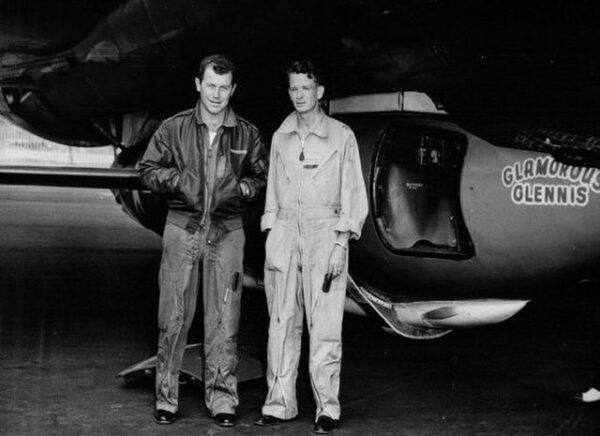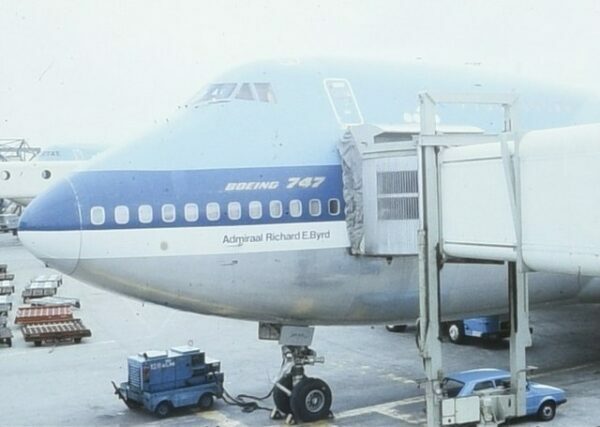On December 14, 1903, at the windswept dunes of Kitty Hawk, North Carolina, Orville and Wilbur Wright made their first attempt at history. The brothers had dedicated years of meticulous research and experimentation to achieve controlled, sustained flight, and this moment marked the culmination of their relentless pursuit of aviation innovation.
Now, they were ready to try out their new machine. Both wanted to be the first-ever pilot, so they decided to toss a coin to see who’d get the first chance at flight.
Wilbur won.
Since 1899, Wilbur and Orville Wright had been scientifically experimenting with the concepts of flight. They labored in relative obscurity, while the experiments of Samuel Langley of the Smithsonian were followed in the press and underwritten by the War Department. Yet Langley, as others before him, had failed to achieve powered flight. They relied on brute power to keep their theoretically stable machines aloft, sending along a hapless passenger and hoping for the best. It was the Wrights’ genius and vision to see that humans would have to fly their machines, that the problems of flight could not be solved from the ground. In Wilbur’s words, “It is possible to fly without motors, but not without knowledge and skill.” With over a thousand glides from atop Big Kill Devil Hill, the Wrights made themselves the first true pilots. These flying skills were a crucial component of their invention. Before they ever attempted powered flight, the Wright brothers were masters of the air.
Their glider experiments on the Outer Banks of North Carolina, though frustrating at times, had led them down the path of discovery. Through those experiments, they had solved the problem of sustained lift and more importantly they could now control an aircraft while in flight. The brothers felt they were now ready to truly fly. But first, the Wrights had to power their aircraft. Gasoline engine technology had recently advanced to where its use in airplanes was feasible. Unable to find a suitable lightweight commercial engine, the brothers designed their own. It was cruder and less powerful than Samuel Langley’s, but the Wrights understood that relatively little power was needed with efficient lifting surfaces and propellers. Such propellers were not available, however. Scant relevant data could be derived from marine propeller theory. Using their air tunnel data, they designed the first efficient airplane propeller, one of their most original and purely scientific achievements, writes The National Parks Service.
Returning to their camp at the Kill Devil Hills, they mounted the engine on the new 40-foot, 605-pound Flyer with double tails and elevators. The engine drove two pusher propellers with chains, one crossed to make the props rotate in opposite directions to counteract a twisting tendency in flight. A balky engine and broken propeller shaft slowed them, until they were finally ready on December 14. In order to decide who would fly first, the brother tossed a coin. Wilbur won the coin toss, but lost his chance to be the first to fly when he oversteered with the elevator after leaving the launching rail. The flyer, climbed too steeply, stalled, and dove into the sand. The first flight would have to wait on repairs.
Three days later, after making the proper repairs, it was Orville’s turn. On that fateful day, they unveiled their aircraft, the Wright Flyer, a biplane with a wingspan of 40 feet, equipped with a 12-horsepower engine. The aircraft was positioned on a 60-foot wooden rail, and as Orville took the pilot’s seat, the stage was set for aviation history.
At 10:35 AM, the Wright Flyer left the ground, covering a distance of 120 feet in just 12 seconds, marking the first time in history that a powered, controlled flight with a heavier-than-air machine had been accomplished.
The brothers alternated piloting the aircraft, achieving additional flights that day. While he didn’t become the first person to ever fly an airplane successfully, Wilbur did complete the longest run, traveling 852 feet in 59 seconds.





